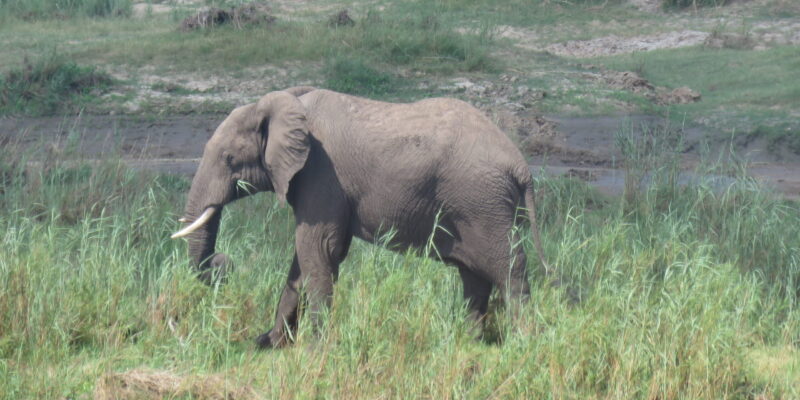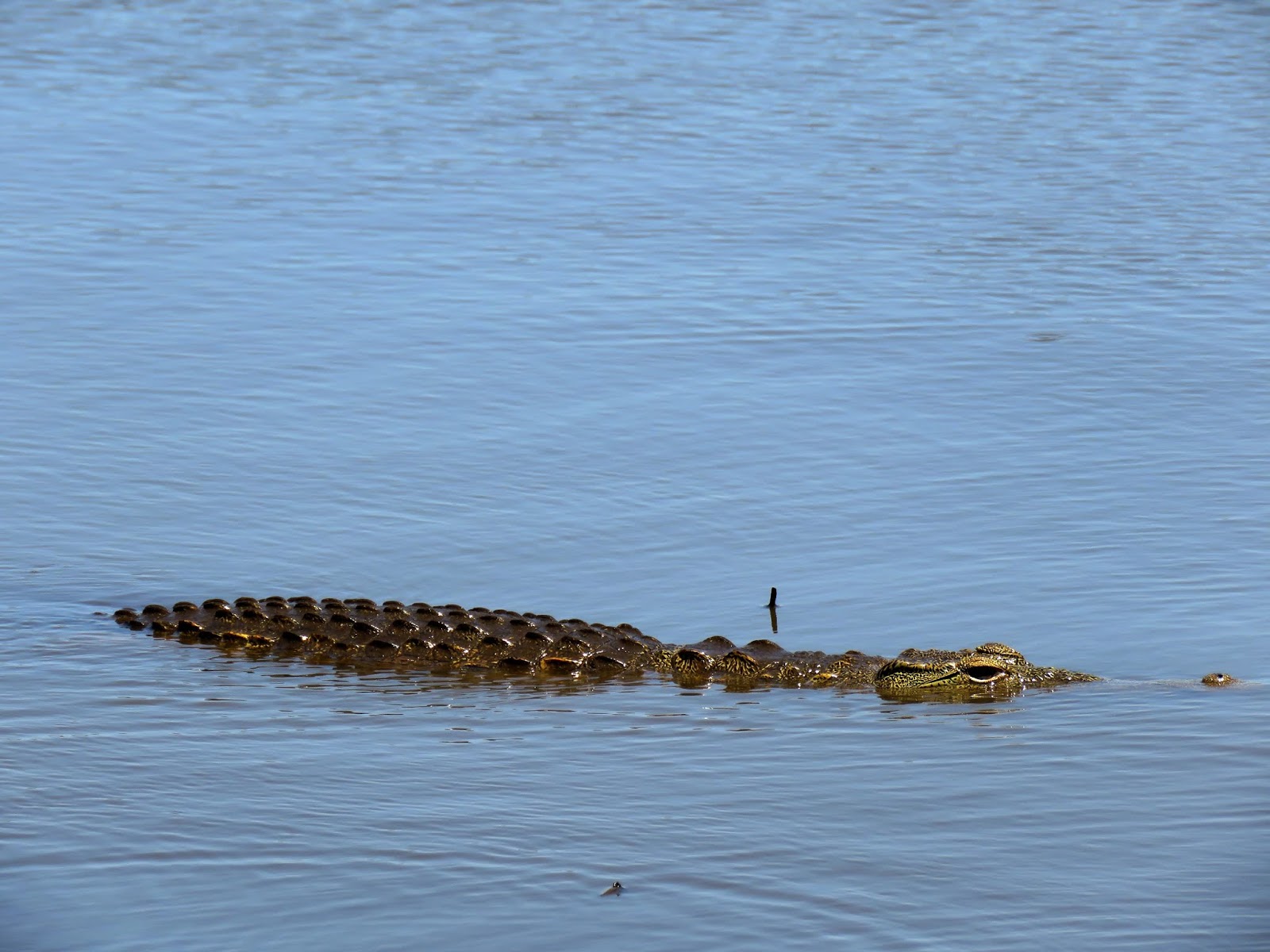
We’ve yet to go into Kruger National Park. We’ve been busy with documents, bookings, and planning for our upcoming Kenya trip, leaving Marloth Park in 22 days. Our Kenya visa application has been kicked back to us a few times when they didn’t like that our passports weren’t flat enough when we took the photos. It’s not easy to get a passport to lie completely flat. We had to redo that portion of the visa application twice already.
Hopefully, now that we haven’t heard from IVisa in a few days, everything must be in process. If all goes well, we should have the visas in our inbox within a week.
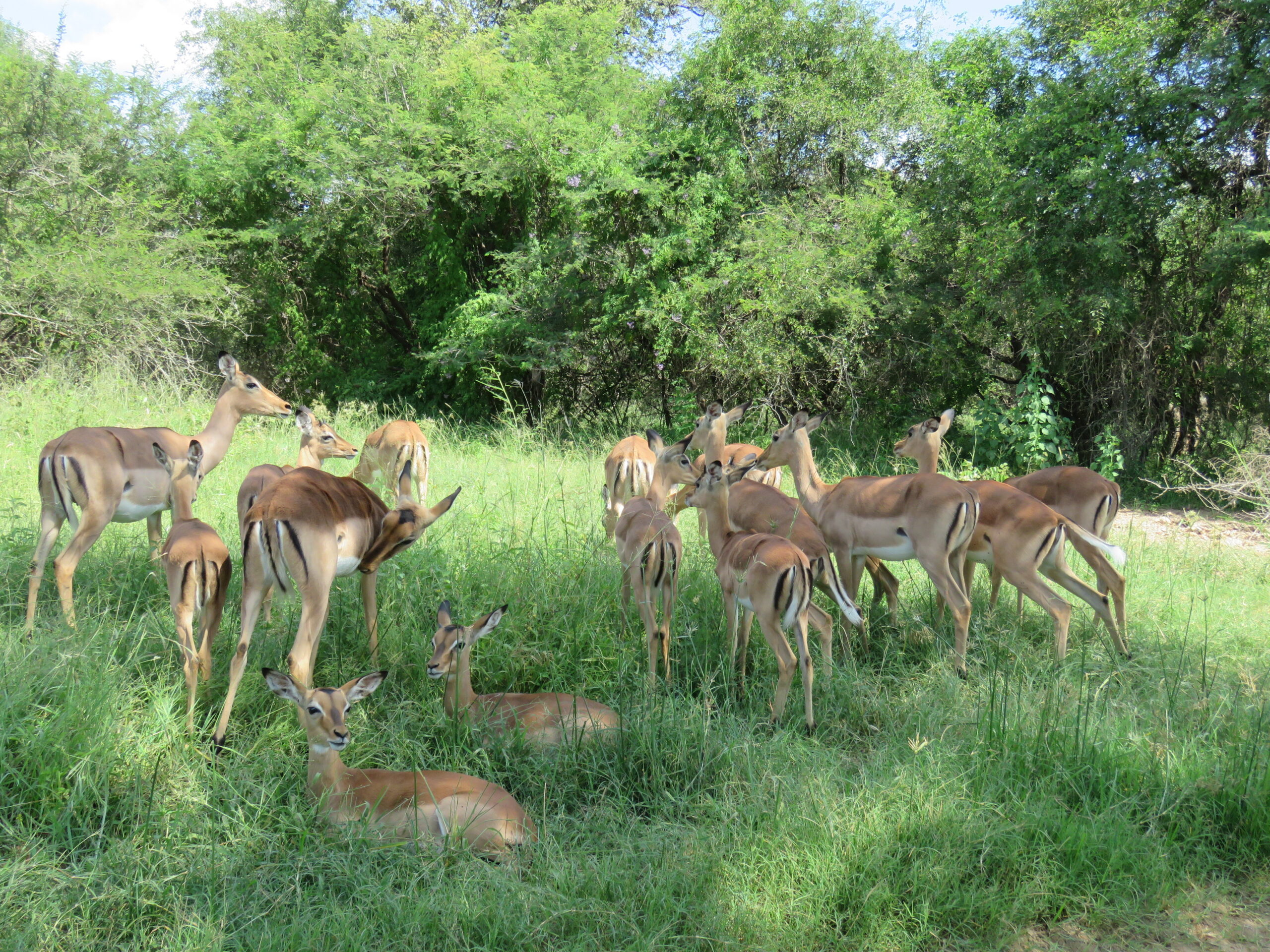
Then, I was dealing with the awful side effects of the antibiotics I took needlessly when I didn’t have an abscessed tooth or any teeth problems after all. Then, the itching from the dust mites got so bad. I could barely sit in the car for hours, focusing on anything but the itching. It’s fantastic we had guests during those periods and even ventured out to dinner.
On top of it all, we had several occasions when our site wasn’t up, and there was no way I’d feel comfortable going out for a full day until the issues were resolved. Collectively, there was little opportunity for a day to Kruger. Now, with the Maasai Mara upcoming in three weeks, we’ve decided we’ll wait until we return.
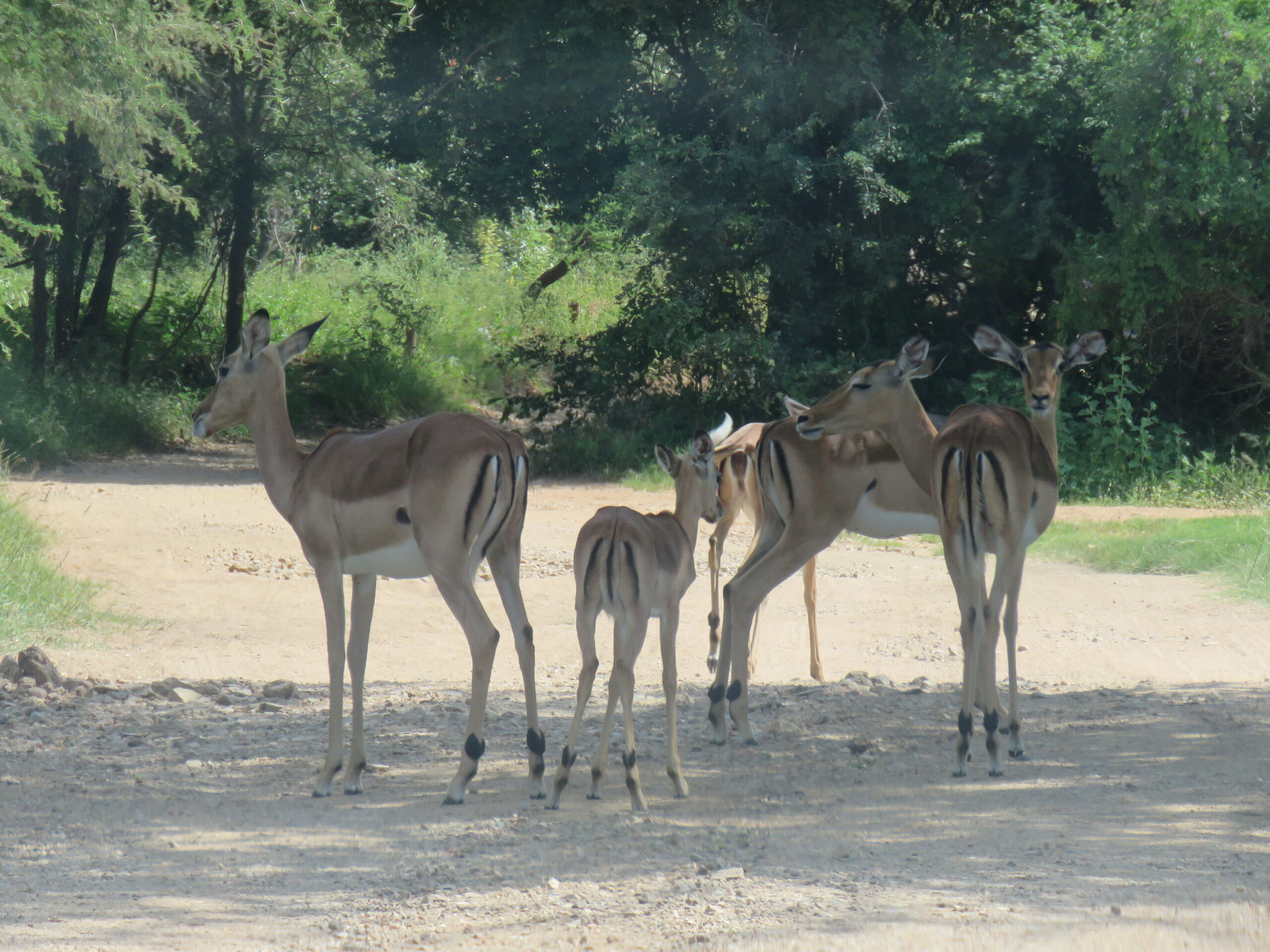
Hopefully, if all goes well in getting our new 90 day-visa stamps, we’ll apply for our Wild Card entrance pass to Kruger National Park, good for one year. It pays for itself in three or four visits, so buying it is worthwhile even if we aren’t here for an entire year.
With fewer animals coming to the garden this past week, most likely due to the heat, yesterday afternoon, we decided to drive through Marloth Park to see if we’d find any new and exciting wildlife. We weren’t disappointed. We took enough excellent photos to last for days, hoping more visitors would stop by in the interim. It’s almost 10:30 am, and we’ve yet to see anyone, except for a young male kudu who just showed up as I wrote this.

Last night, while I was putting away my laptop for the night, after watching a few shows, I turned on the garden light to see Ms. Bossy standing there looking at the door, wondering where we were and if we had some pellets. Tom had set the alarm for the night, so I gently shooed her away with the wave of my arm to let her know standing there all night would do no good. Surely, she’ll be back sometime today or this evening.
Last night, as we lounged on the veranda while cooking a roast beef on the braai for dinner, Tiny wandered into the garden at exactly 4:34 pm (1634 hours) and stayed with us for over an hour. He ate a few leftover bones we’d saved for him and a few tosses of pellets, after which he lay down to stare at me while I talked to him. He shows up about the same time each evening and, on occasion, in the morning. (Now we have four kudus visiting. I spoke too soon).
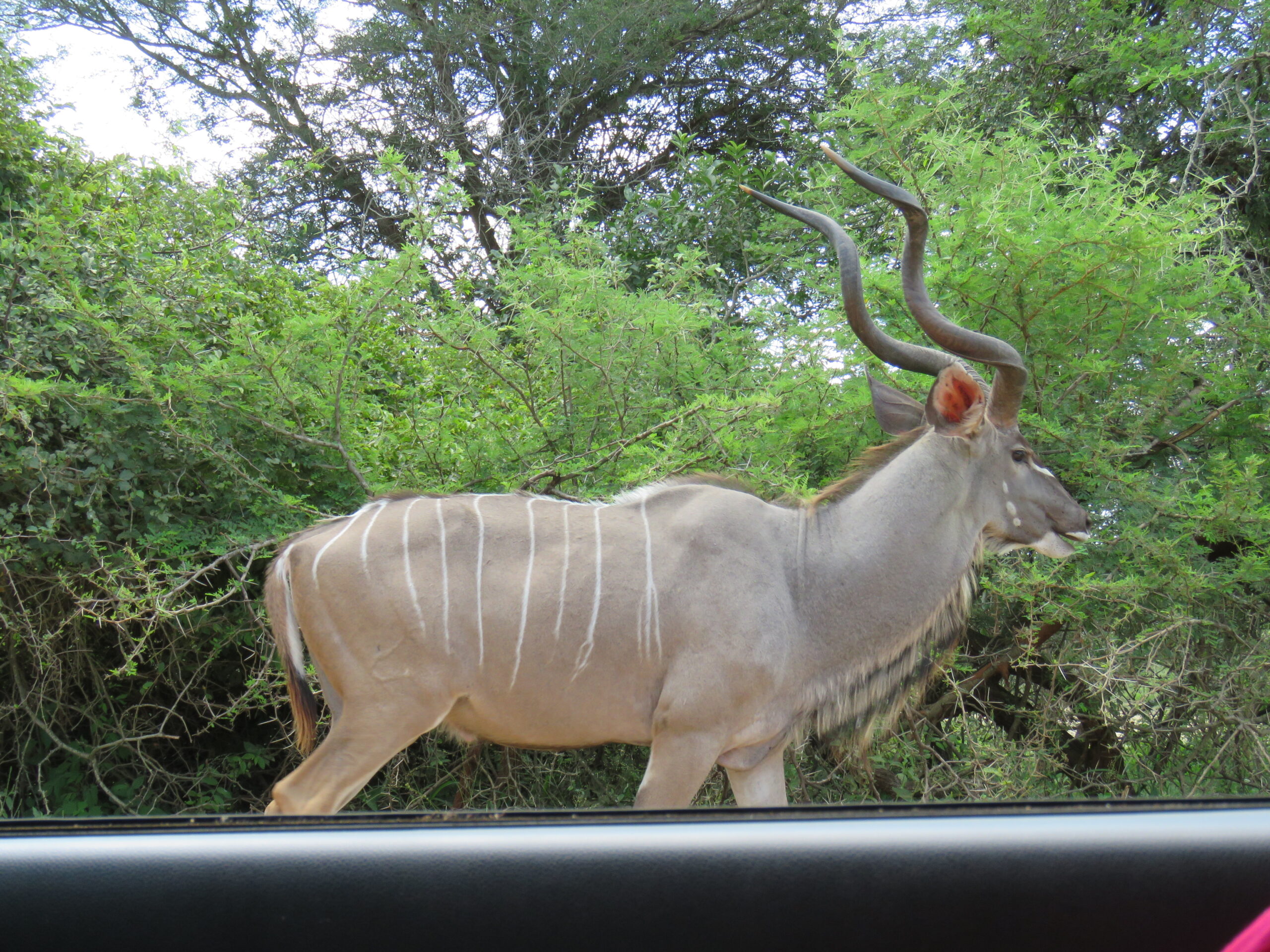
After dinner, I called my eldest son Richard to wish him a happy birthday. He was a St. Patrick’s Day baby and now is a mature, successful businessman with a fulfilling life. He’s one of the top real estate agents in Nevada, and if you are looking to buy or sell a home in Las Vegas, Nevada, or surrounding areas, you won’t be disappointed if you contact him. Yes, I know, that’s a biased mom talking, but check out the reviews he gets at Zillow at this link. It was great talking to him, as it always is when speaking to our family members.
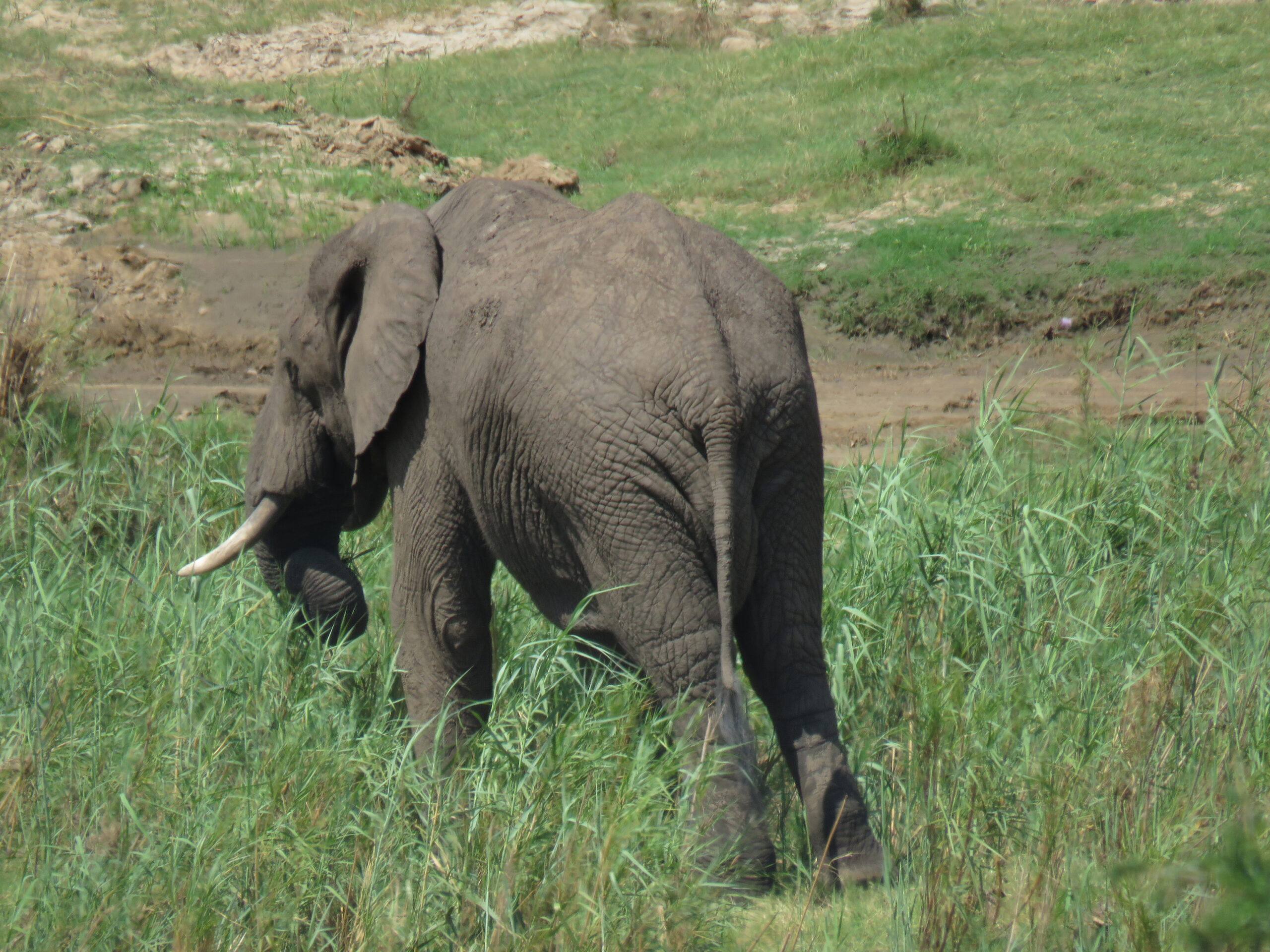
However, many family members prefer to “chat” via email, text, Facebook, and other social media. That’s the way of the world these days. But, we are grateful to be traveling at this time in history, when communication is accessible via the internet, and it’s easy to stay in touch. Talking on the phone seems to be a luxury these days, which many will understand.
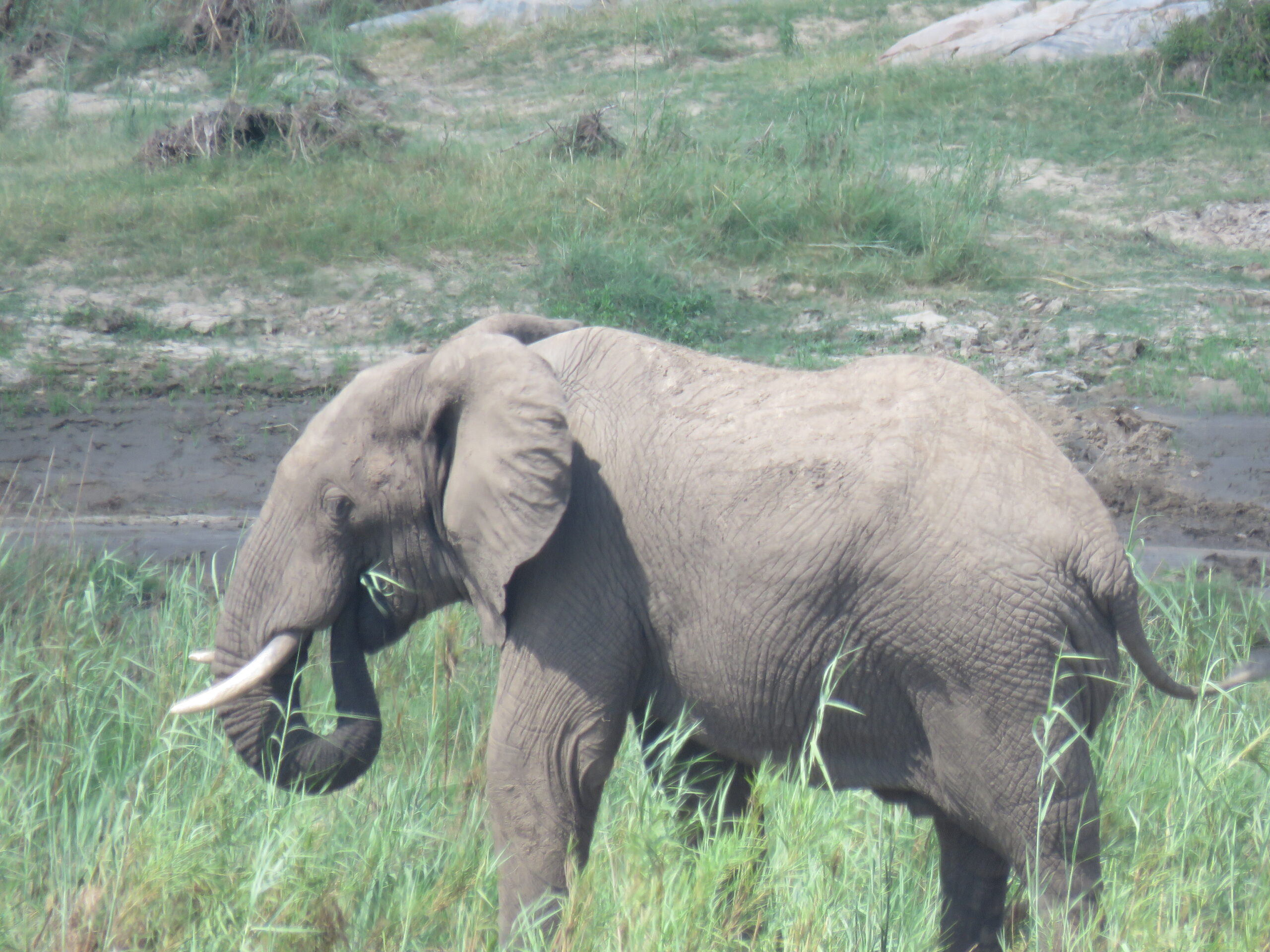
We are off to Komatipoort to grocery shop during the heat of the day. It’s pleasant to ride in the air-conditioned car during the 20-minute drive. The crowds while shopping prompt us to take extreme care while in the market when many don’t correctly wear their masks.
We hope you have a pleasant day!
Photo from one year ago today, March 18, 2020:
 |
| On the last night on the Maharajas Express, we were all assisted in dressing in traditional Indian attire. For more photos, please click here. |

